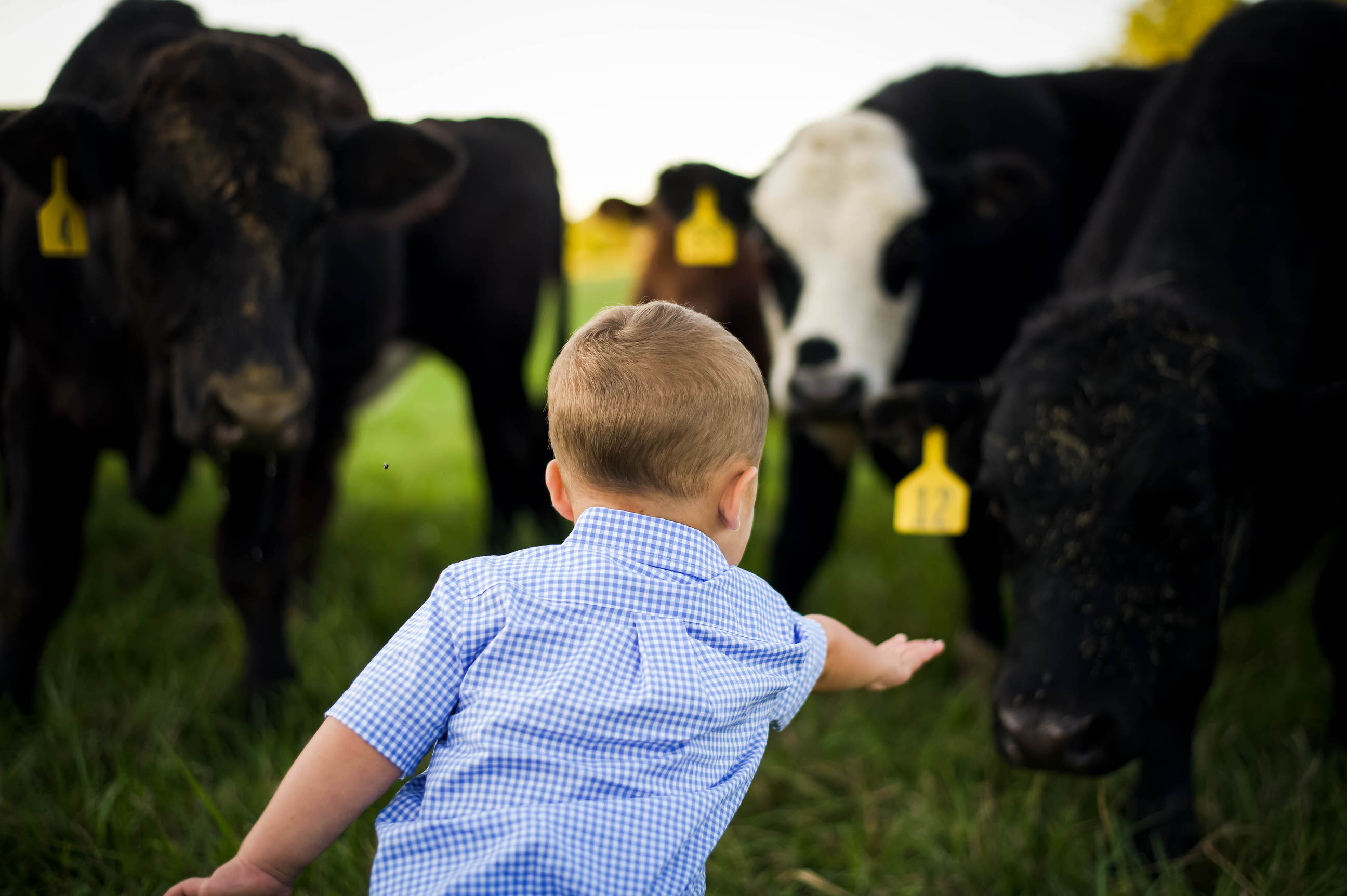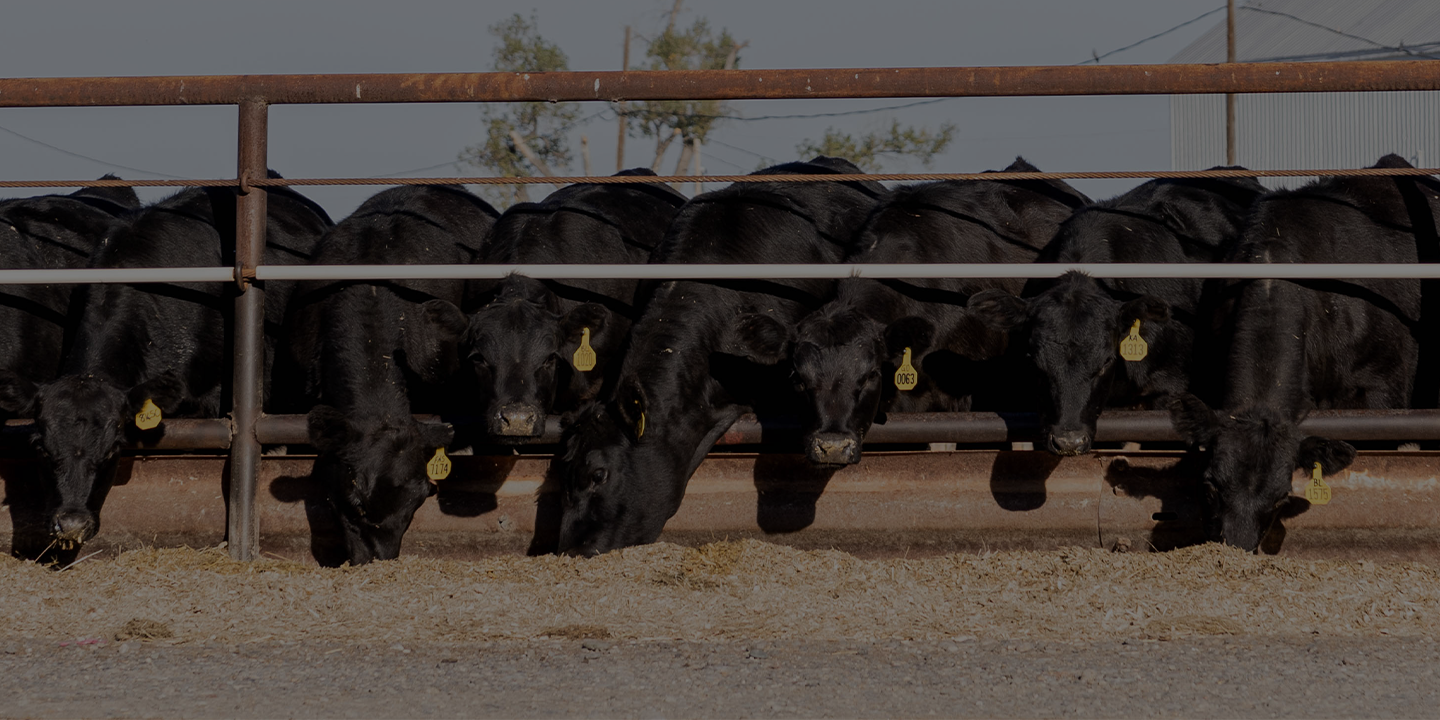
RAISED WITH REDUCED CARBON EMISSIONS
CHOOSE WITH CONFIDENCE
Every product displaying the Certified Sustainable seal comes from cattle raised in a manner that generated at least 10% less greenhouse gas emissions (GHG) compared to the U.S. baseline.
CERTIFIED SUSTAINABLE
We want you to be empowered to make sustainable choices that matter to you, your family and the planet. We believe these choices should be simple, so we are helping you choose with confidence. When you see the Certified Sustainable seal, know it stands for science. For a one-of-a-kind carbon calculation process. For transparency and traceability. For sustainability you can believe in.
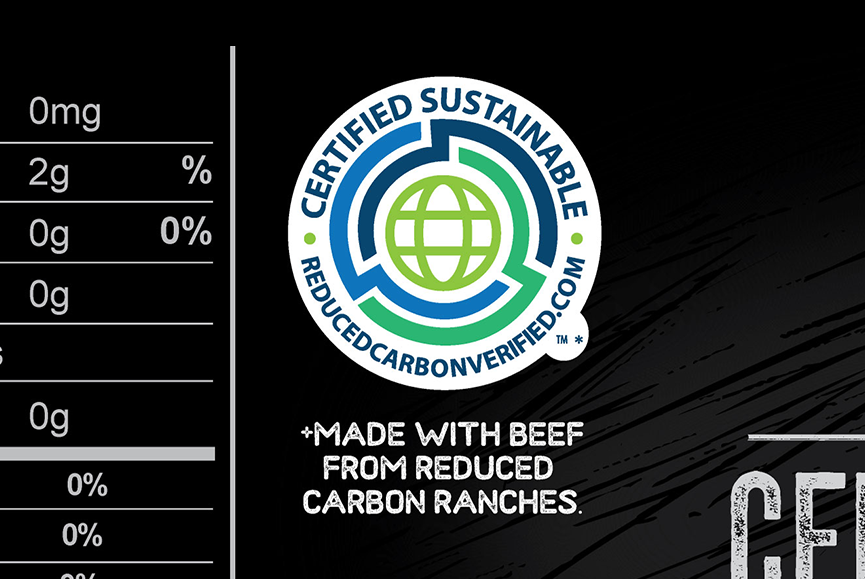
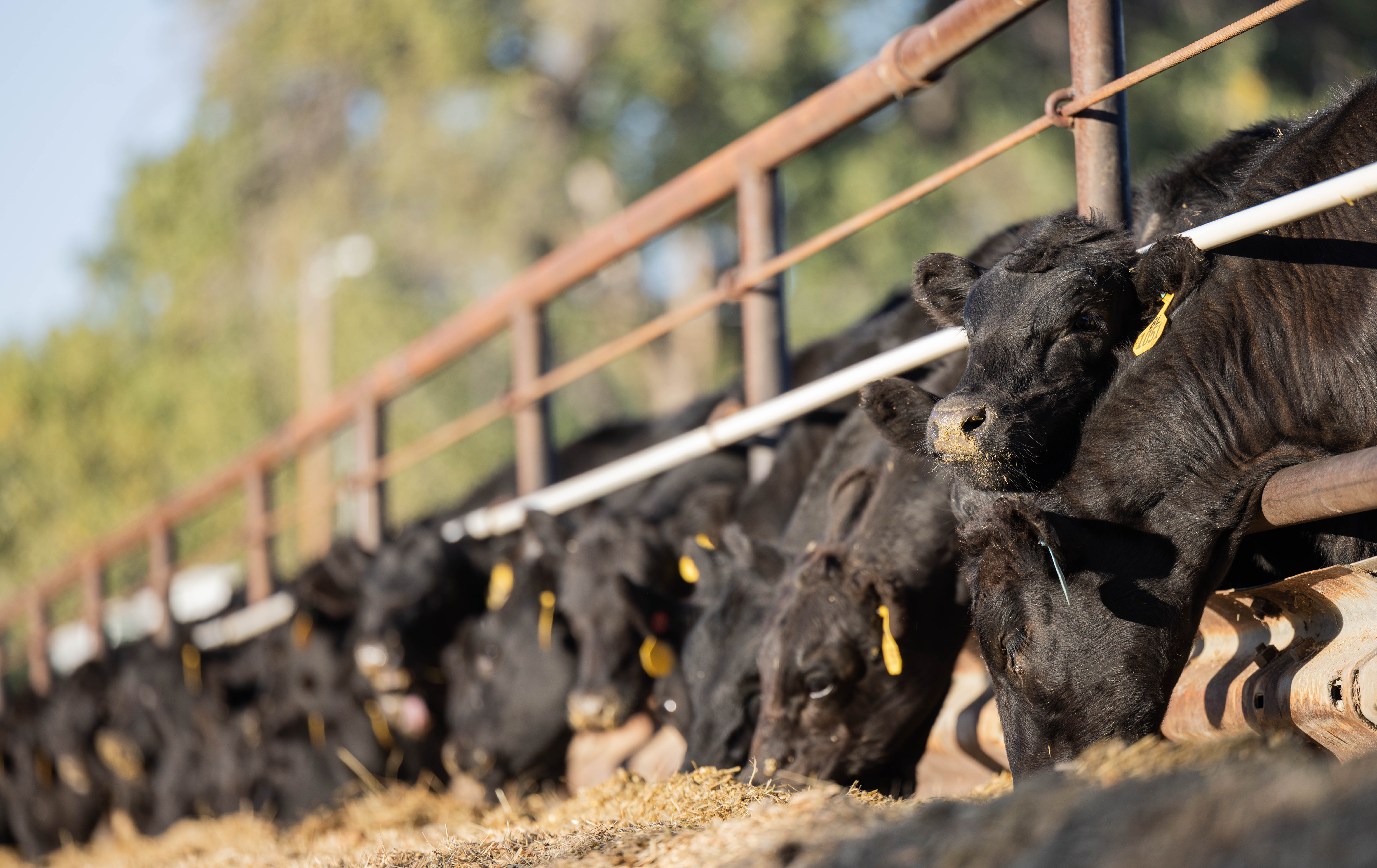
a claim you can count on
Standards for the Certified Sustainable certification are consistent with the science-based methodology of Low Carbon Technologies’ first-of-its-kind Process Verified Program (PVP). Based on a comprehensive life cycle assessment (LCA), the impacts of cattle raising practices on GHG emissions are evaluated throughout an animal's lifetime. Credit is given for scientifically proven interventions that strategically reduce GHG emissions. The life cycle assessment model incorporates a variety of reduced carbon management strategies and cattle performance parameters to calculate total emissions per carcass weight.
THE SCIENCE BEHIND THE SEAL
Curious to know what makes a product Certified Sustainable? For cattle to be recognized as raised with reduced emissions, they must meet the criteria below and demonstrate a carbon footprint at least 10% lower than the U.S. industry average. This standard isn’t arbitrary, it's the threshold established in the USDA PVP that serves as a trusted indicator when identifying practices that contribute meaningfully to lower GHG emissions in cattle production. Onsite audits, management records and additional documentation confirm compliance to our program's standards.
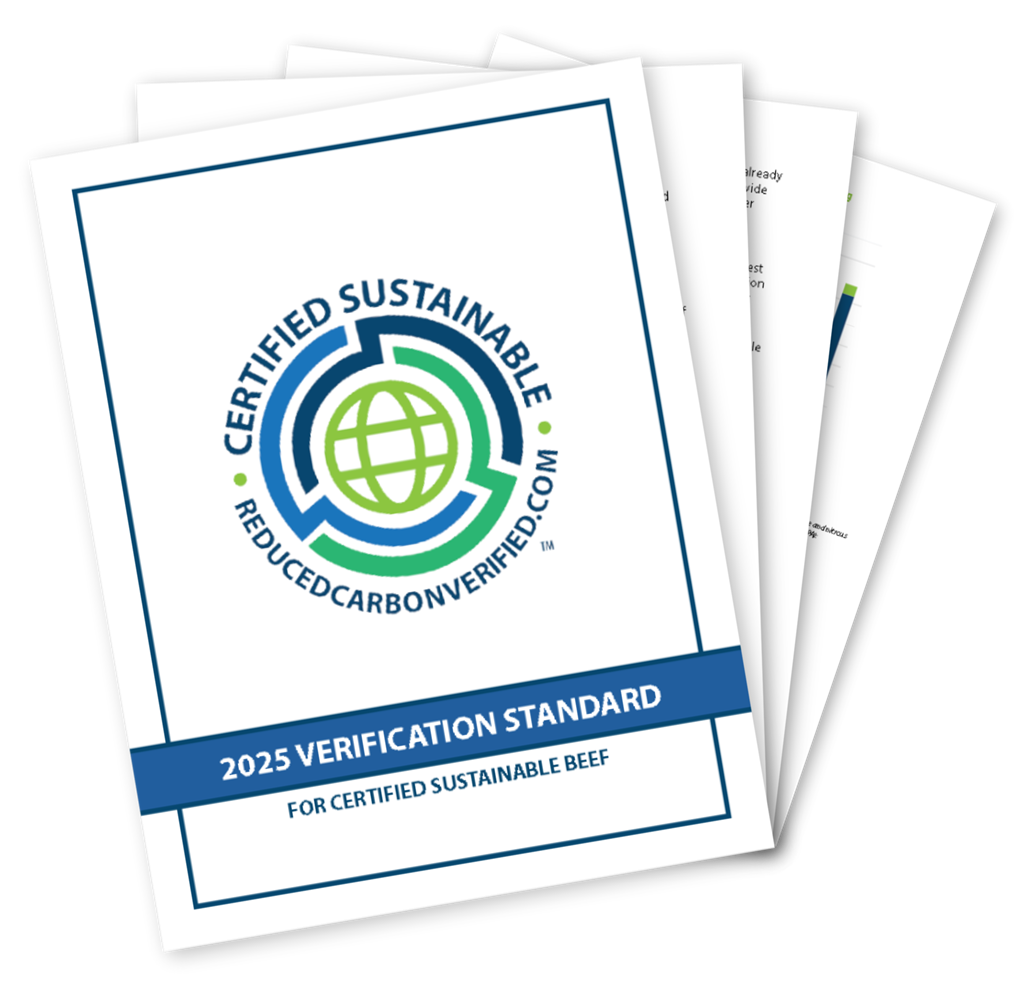
Production prACTICES are evalUATED FOR THE folloWING CATEGORIES:
Manure Management
How animal waste is handled plays a significant role in greenhouse gas emission generation. Proper manure storage methods such as covered containment, composting, anaerobic digestion, anti-methane lagoon treatment or pasture/range management can significantly reduce methane and nitrous oxide emissions. Conformance in this category helps to offset cattle emissions.
Use of Inorganic Fertilizer
The use of synthetic nitrogen fertilizers on grazing pastures or feed crops raises the carbon intensity of cattle production due to the high emissions involved in manufacturing and applying these fertilizers. In contrast, cattle raised on land without inorganic fertilizer applied, especially during early life stages, can have a lower lifecycle greenhouse gas emissions compared to the U.S. industry average. When managed responsibly, utilizing organically formed cattle waste as fertilizer aligns with practices that reduce emission generation.
Animal Diets
What cattle eat affects how much methane they produce. Diets with added fat, anti-methane feed additives and ionophores can reduce methane emissions from digestion and enteric fermentation. Certification favors animals whose diets yield lower methane output.
Feed efficiency
Measuring feed intake and production output helps calculate energy conversion in cattle. Animals that are more feed efficient generate fewer emissions and yield better scores for this category.
Cattle Traceability and PerformancE
Cattle must have verified records of their age and where they were raised throughout their lives. This ensures accurate tracking of growth efficiency, specifically, how quickly they reach their final harvest weight. Animals that grow at a faster rate utilize fewer resources. This yields beef products with a lower environmental impact.
The calculation methodology and supporting scientific references are detailed in U.S. Patent No. US-11209419-B2 Lifecycle Assessment Systems and Methods for Determining Emissions from Animal Production.
land to label assurance
Certified Sustainable processing partners are required to follow strict product traceability procedures. This means every package with the seal can be traced back through the supply chain as an added measure to ensure certified products exceed your standards for sustainability and quality.
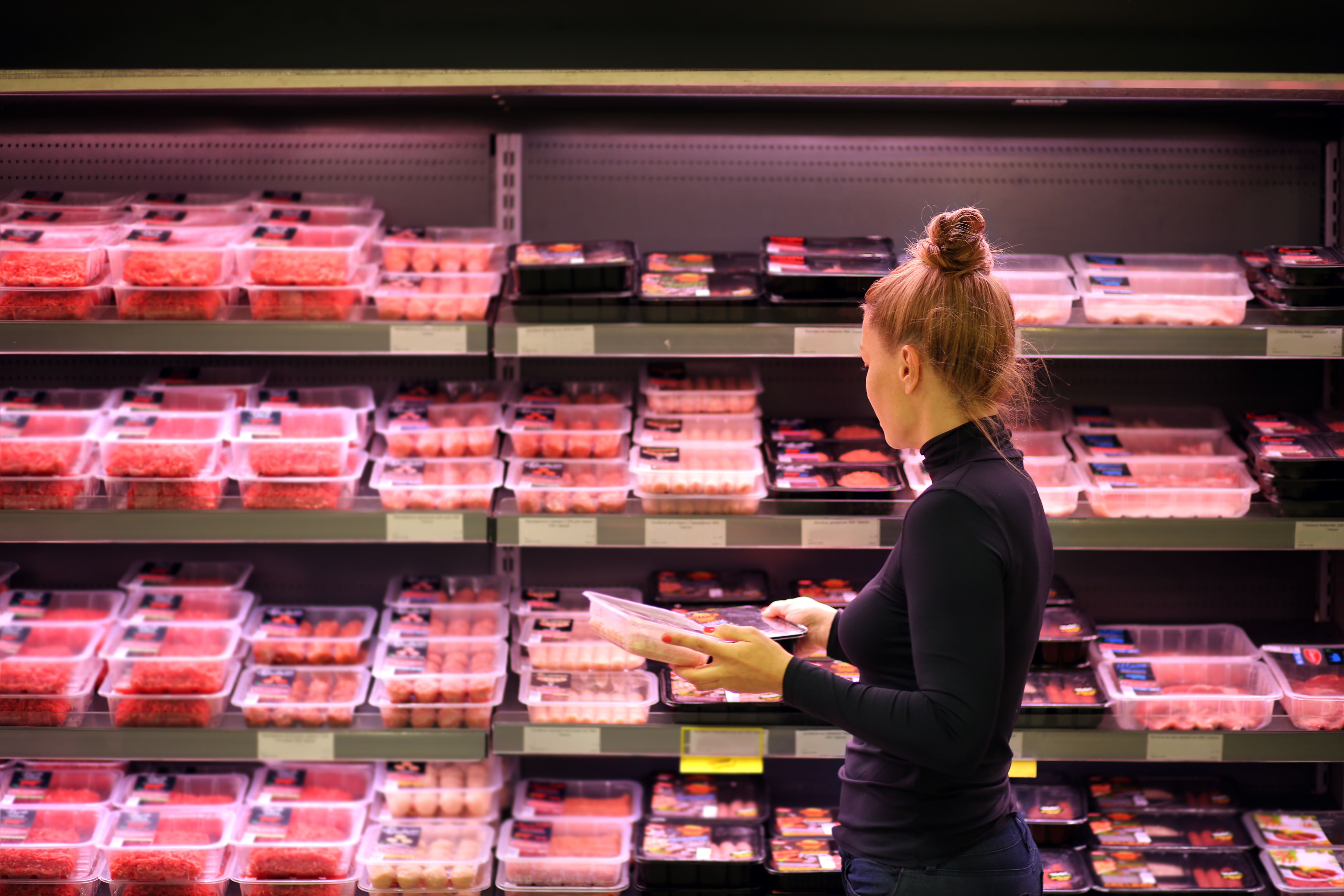
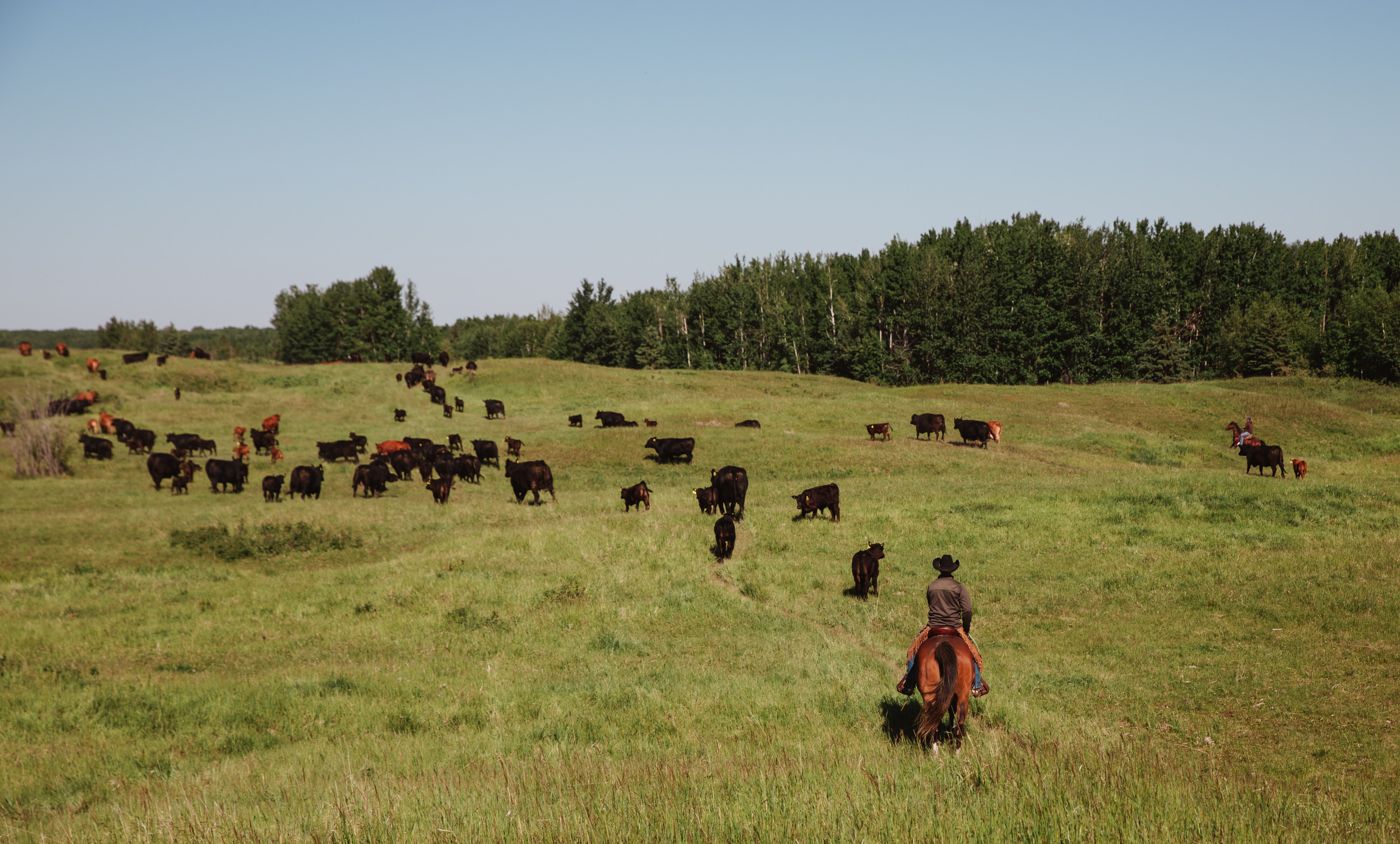
raised RESponsibly
The highest quality beef begins where humane animal care is a priority. Although not a component of the carbon calculation, Certified Sustainable is committed to partnering only with farmers, ranchers and brands who share our values, ensuring that all certified products are raised and harvested with respect.
PRODUCT INFORMATION
For all products: The label contains complete use information, including cautions and warnings. Always read, understand and follow the label and use directions.
RUMENSIN IMPORTANT SAFETY INFORMATION:
CAUTION: Consumption
by unapproved species or feeding undiluted may be toxic or fatal. Do not feed to veal calves.
Growing beef steers and heifers fed in confinement for slaughter:
For improved feed efficiency: Feed
5 to 40 g/ton of monensin (90% DM basis) continuously in a complete feed to provide 50 to 480 mg/hd/day.
For the prevention and control of coccidiosis due to Eimeria bovis and Eimeria zuernii: Feed
10 to 40 g/ton of monensin (90% DM basis) continuously to provide 0.14 to 0.42 mg/lb of body weight/day, depending upon severity of challenge, up to a maximum of 480 mg/hd/day.
Growing beef steers and heifers on pasture (stocker, feeder, and slaughter) or in a dry lot, and replacement beef and dairy heifers:
For increased rate of weight gain: Feed 50 to 200 mg/hd/day in at least 1.0 lb of Type C Medicated Feed. Or, after the 5th day, feed 400 mg/hd/day every other day in 2.0 lbs of Type C Medicated Feed. The Type C Medicated Feed
must contain 15 to 400 g/ton of monensin (90% DM basis). Do not self feed.
For the prevention and control of coccidiosis due to Eimeria bovis and Eimeria zuernii: Feed at a rate to
provide 0.14 to 0.42 mg/lb of body weight/day, depending upon severity of challenge, up to a maximum of 200 mg/hd/day. The Type C Medicated Feed must contain 15 to 400 g/ton of monensin (90% DM basis).
Type C free-choice medicated feeds: All
Type C free-choice medicated feeds containing Rumensin must be manufactured according to an FDA-approved formula/specification. When using a formula/specification published in the Code of Federal Regulations (CFR), a Medicated Feed Mill license is
not required. Use of Rumensin in a proprietary formula/specification not published in the CFR requires prior FDA approval and a Medicated Feed Mill License.
Beef cows:
For improved feed efficiency when receiving supplemental feed: Feed
continuously at a rate of 50 to 200 mg/hd/day. Cows on pasture or in dry lot must receive a minimum of 1.0 lb of Type C Medicated Feed per head per day. Do not self feed.
For the prevention and control of coccidiosis due to Eimeria bovis and Eimeria zuernii: Feed
at a rate of 0.14 to 0.42 mg/lb of body weight/day, depending upon severity of challenge, up to a maximum of 200 mg/hd/day.
TRADEMARK NOTICE
® Rumensin is a registered trademark of Elanco US Inc. Agolin is a registered trademark of AGOLIN SA. Mootral is a registered trademark of Mootral Innovations LTD. Bovatec is a registered trademark of Phibro Animal Health Corporation. The Certified Sustainable design mark is a trademark of Low Carbon Technologies, LLC., Plain City, Ohio.
PATENT NOTICE
Some of the products and services discussed or offered on the Website may be covered by one or more patents and/or are subject to trade secrets and other proprietary rights, whether owned by the Company, its affiliates, or a third party. This includes the Company’s proprietary Life Cycle Assessment program and system for PVP certification, which is protected by U.S. Patent No. US-11209419-B2 and other pending patent applications. Nothing on the Website, including these Terms of Use, shall be construed as granting any right or license under such patents, patent applications, trade secrets, or other proprietary rights owned by the Company or its affiliates.
